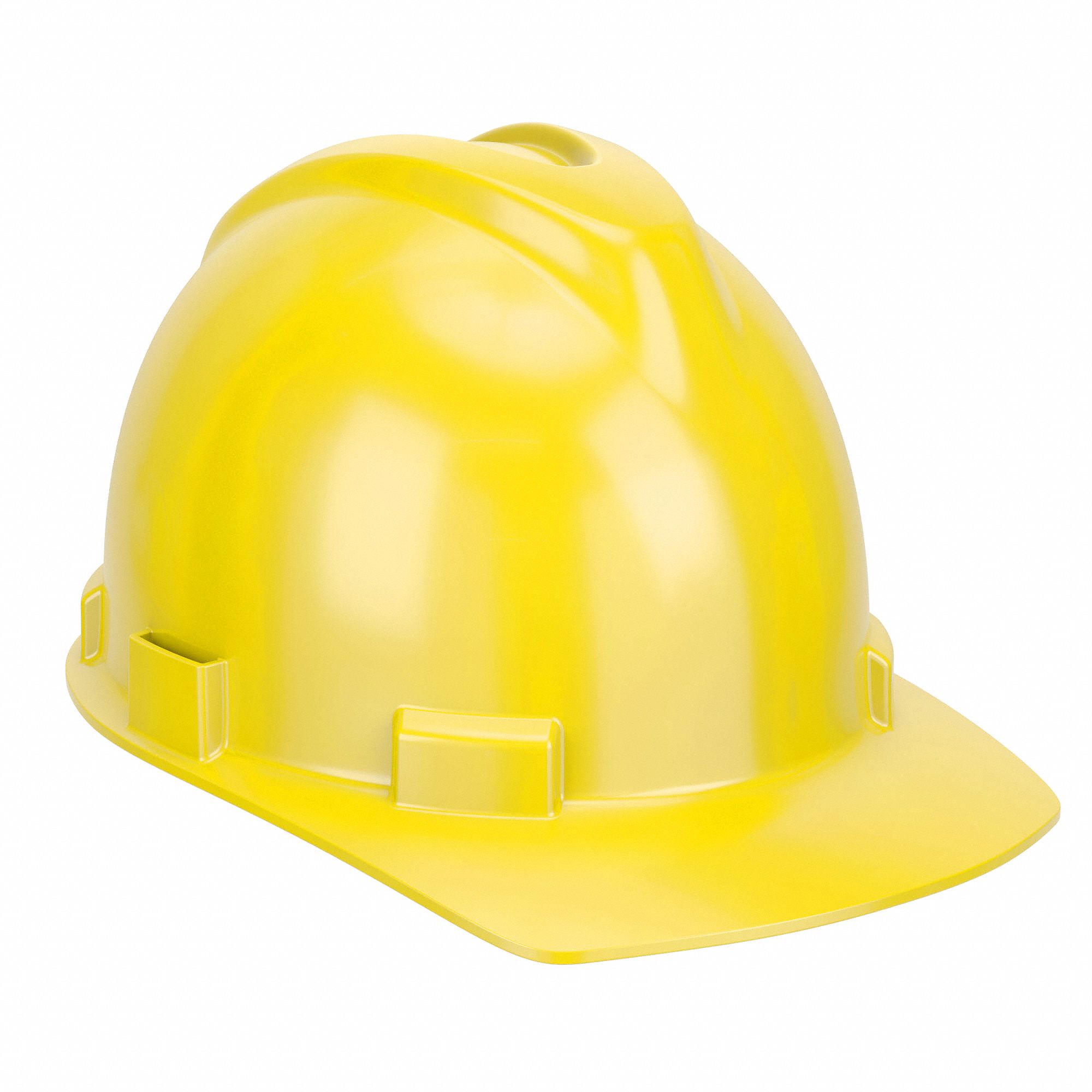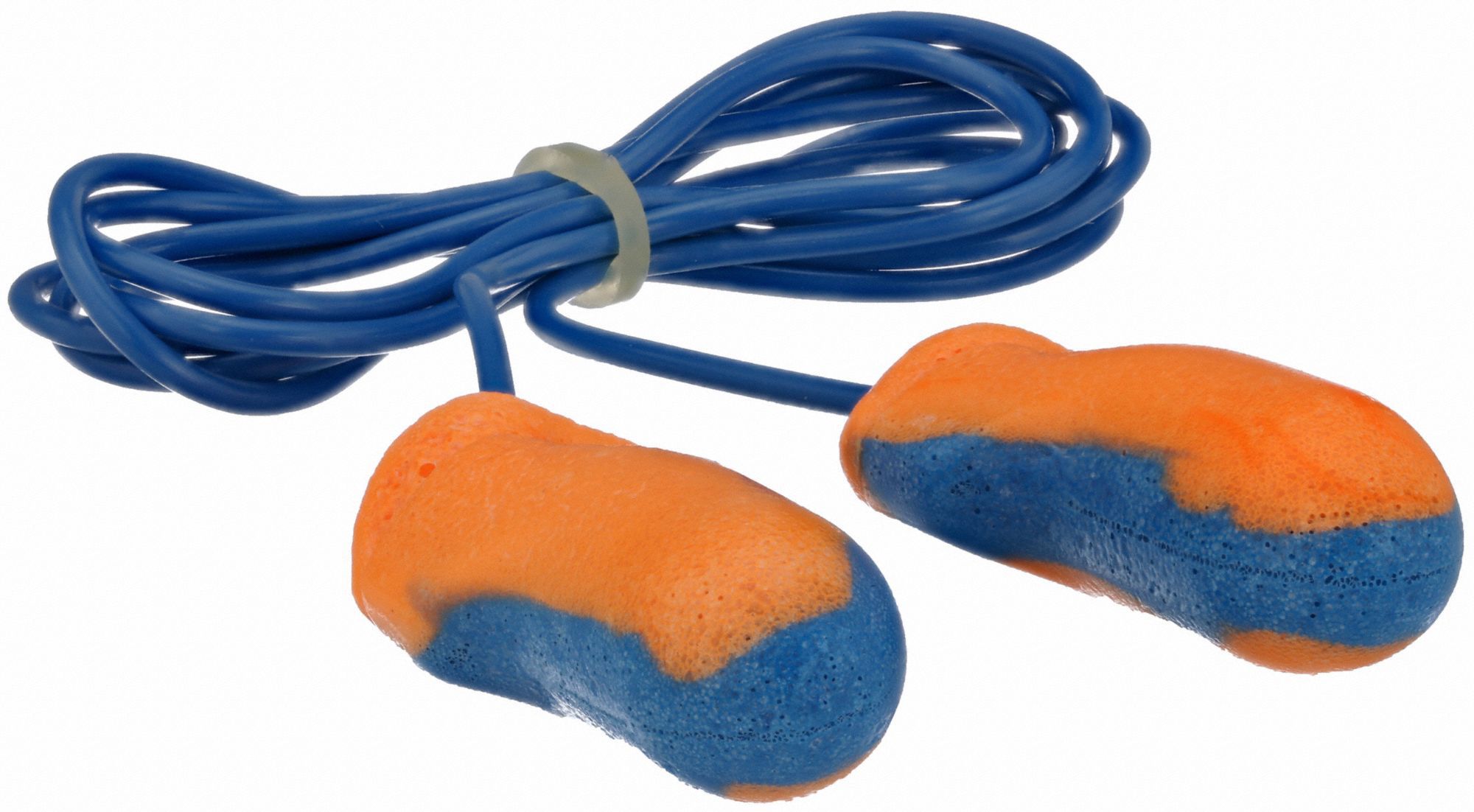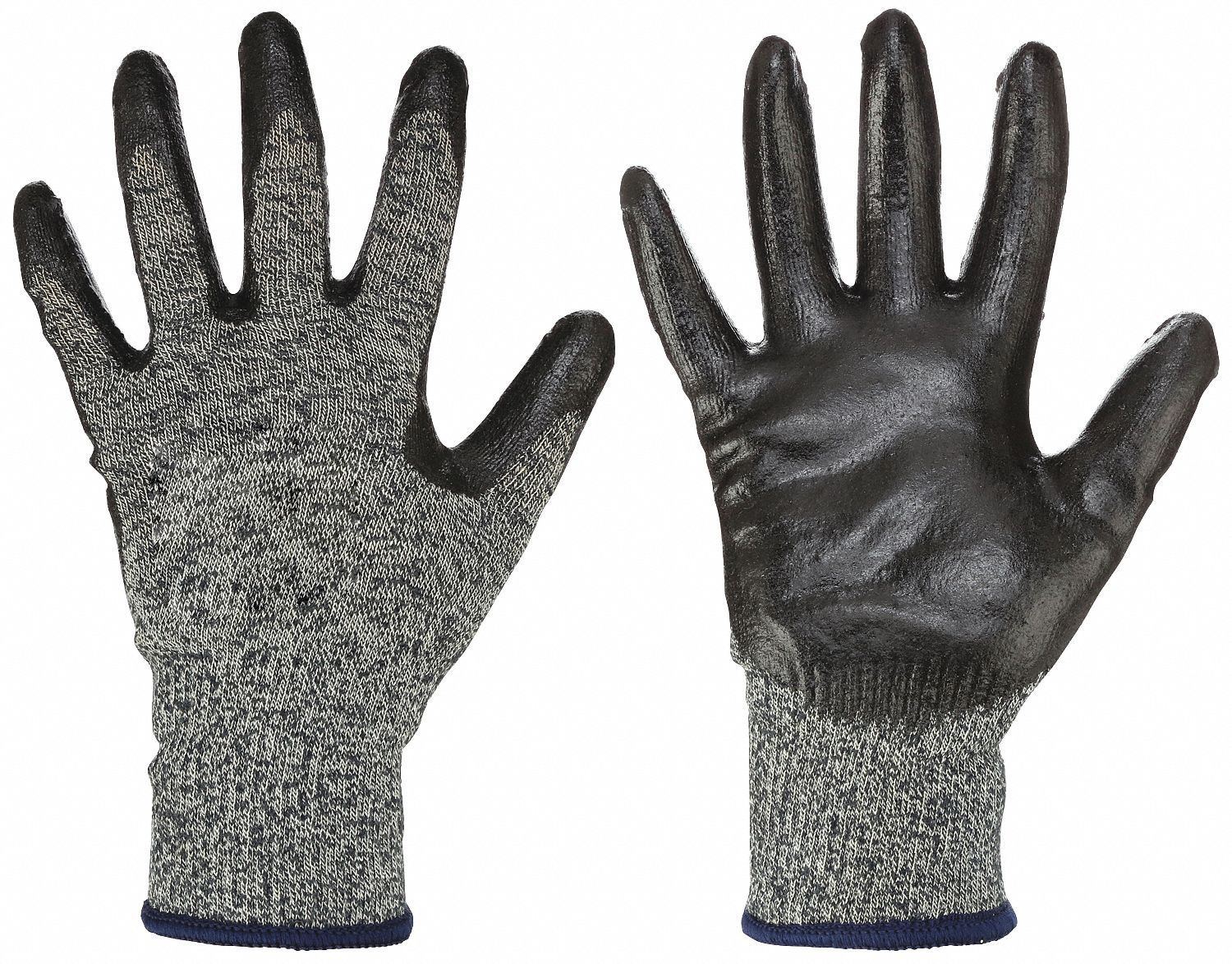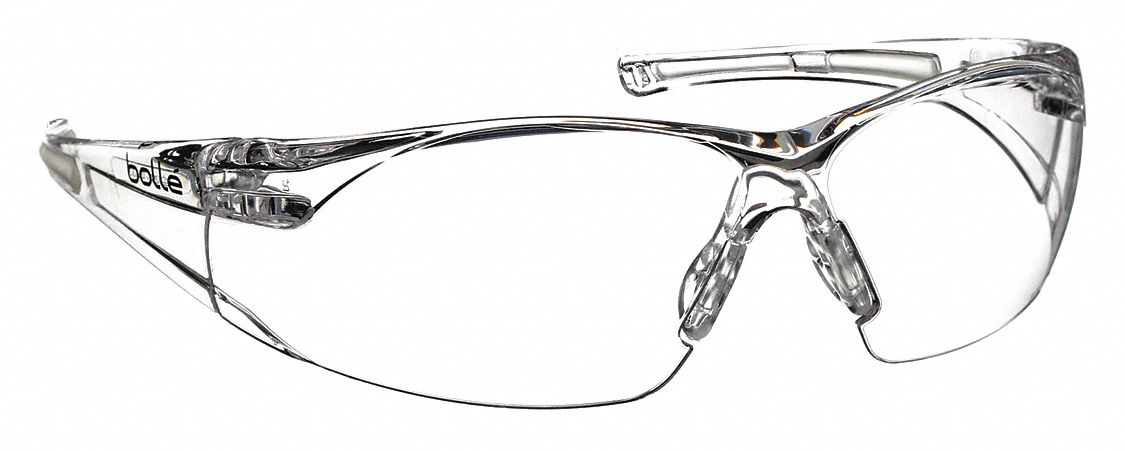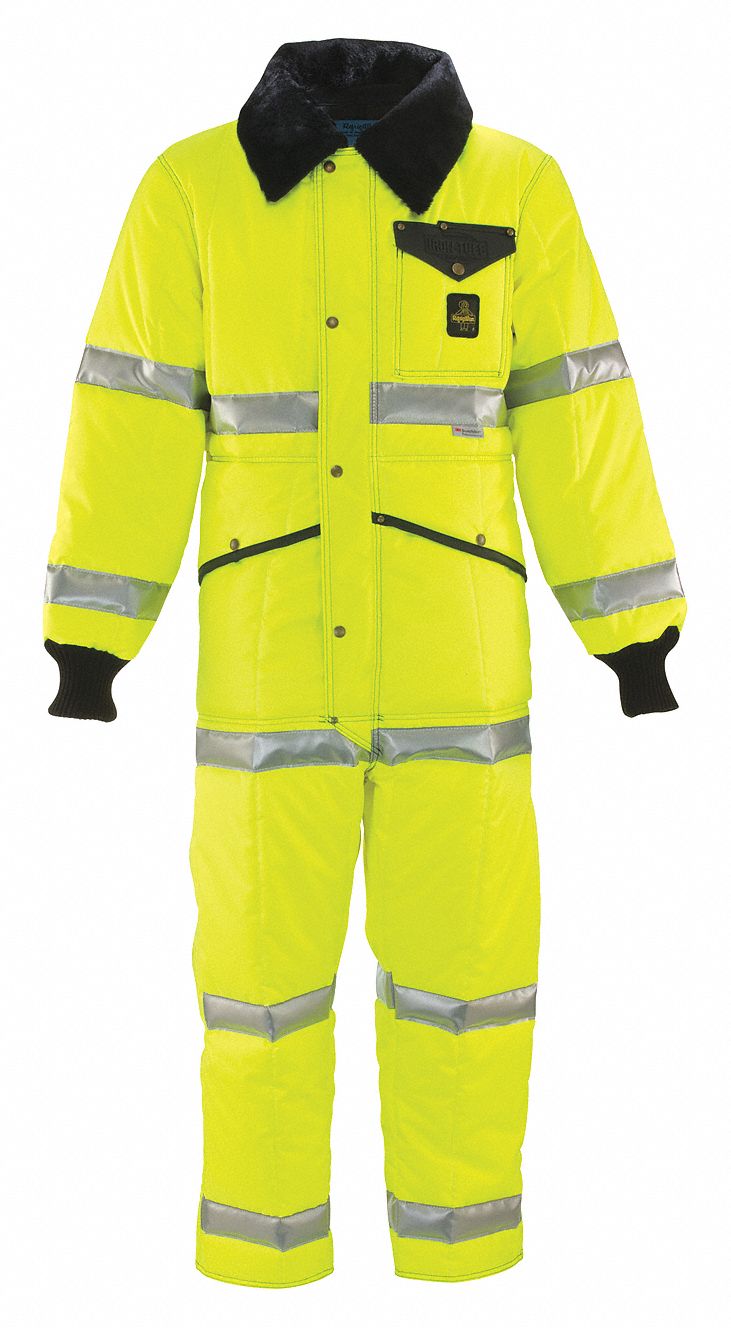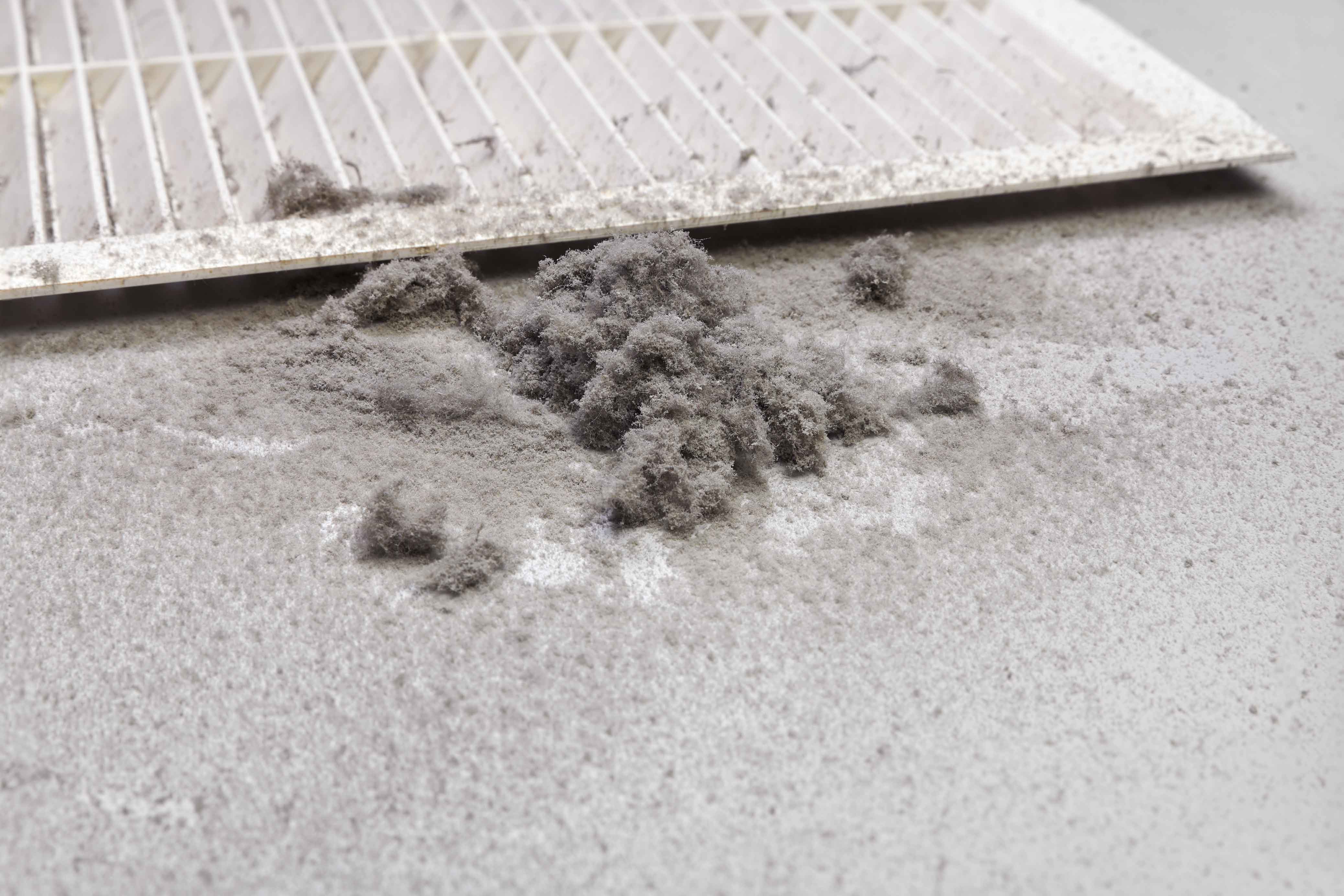

How to Prevent a Dust Explosion
By Grainger Editorial Staff 3/31/20


OSHA states that many types of dust are flammable, including flour, sugar and many metals. Understanding the science behind dust explosions can also help you take the right precautions to prevent them. When dust reaches critical concentrations in the air, it can spontaneously ignite all at once. Because dust distributes quickly throughout the air in a confined facility, the explosion can rapidly spread, generating intense heat and pressure. Making the problem worse, OSHA points out that the first explosion can trigger other secondary explosions when even more dust, in increased concentrations, is pushed into the air, forming a larger ignition source.
Reducing the Chances of a Dust Explosion
The right steps to prevent and respond to a dust explosion will depend on the materials in your facility. Each type of dust has different characteristics that influence how to prevent an explosion and respond to a fire. For example, according to OSHA, grain dust can be safely ventilated away and fires can be suppressed with water sprinklers. Magnesium dust, on the other hand, is toxic to humans and can ignite when mixed with air and creates fires that can only be extinguished by smothering the dust with dry chemicals or sand.
According to the National Fire Protection Association (NFPA), as little as 1/32nd of an inch of dust buildup (the thickness of a dime) is enough to cause an explosion. You can’t entirely remove dust from your facility, but you can take steps to reduce the risk of an explosion and respond quickly to a hazard. OSHA recommends a mix of capturing and containing dust and regular cleaning and inspections to lessen the chance of an explosion.
OSHA recommends regular inspection and maintenance as the primary tools to combat dust explosions. Inspections should look for dust buildup in both production areas and hidden places such as above ceilings, behind equipment and under shielding. These inspections can also include a review of the heat sources and electrical work in the facility, identifying where standard equipment can be replaced with alternatives such as dust-proof outlets or static-free alternatives.
Containment and dust extractors attack dust at the source, addressing both the fuel and dispersion components of the pentagon. OSHA says containment systems enclose the equipment that produces dust, which helps prevent dust from getting into the air. The containment systems, however, should be regularly inspected, as dust can build up under and around the equipment. Dust extractors reduce dust buildup on floors and surfaces by removing dust before it becomes airborne.
Equipment can also help prevent dust from igniting when buildup or failure does happen. Pressure valves and explosion vents activate when pressures inside ductwork and hoppers reach critical levels, and according to Fire Engineering, automatically activate to keep dust in containment areas or vent it out of the building. Other fire suppression systems can help limit the spread of fire and its intensity, including sprinklers, extinguishers and spark detection systems that send an alarm when explosive conditions are detected.
Dust presents a serious but controllable hazard in many facilities. Taking steps to identify what dust may be present in storage and production areas, regularly checking for dust buildup and possible ignition sources and taking steps to confine and capture dust will help reduce the risk. Learn more about combustible dust and the equipment available to help manage it.![]()
Combustible dust can cause explosions in industries as varied as metalworking and food production, and even a seemingly clean facility can be at risk. You can help prevent a dust explosion with regular inspections, a regular cleaning schedule to control dust levels, a thorough knowledge of what causes dust to explode and by taking the right safety and emergency precautions.
Learn more below about dust explosion safety and what you can do to prevent a dust explosion in your facility.
The Anatomy of a Dust Explosion
What causes a dust explosion? According to OSHA, a common way to think about the causes of dust explosions is the dust explosion pentagon. Each side of the pentagon represents the risk factors that can contribute to dust explosions. The risk factors are fuel (dust), oxygen, a heat source, dispersion into the air and confinement. The dust explosion pentagon can help you quickly assess the risks in your facility so you can take steps to prevent an explosion from happening. According to the University of Arkansas, if even a single element of the dust pentagon is removed, explosions are less likely to happen.


The information contained in this article is intended for general information purposes only and is based on information available as of the initial date of publication. No representation is made that the information or references are complete or remain current. This article is not a substitute for review of current applicable government regulations, industry standards, or other standards specific to your business and/or activities and should not be construed as legal advice or opinion. Readers with specific questions should refer to the applicable standards or consult with an attorney.

